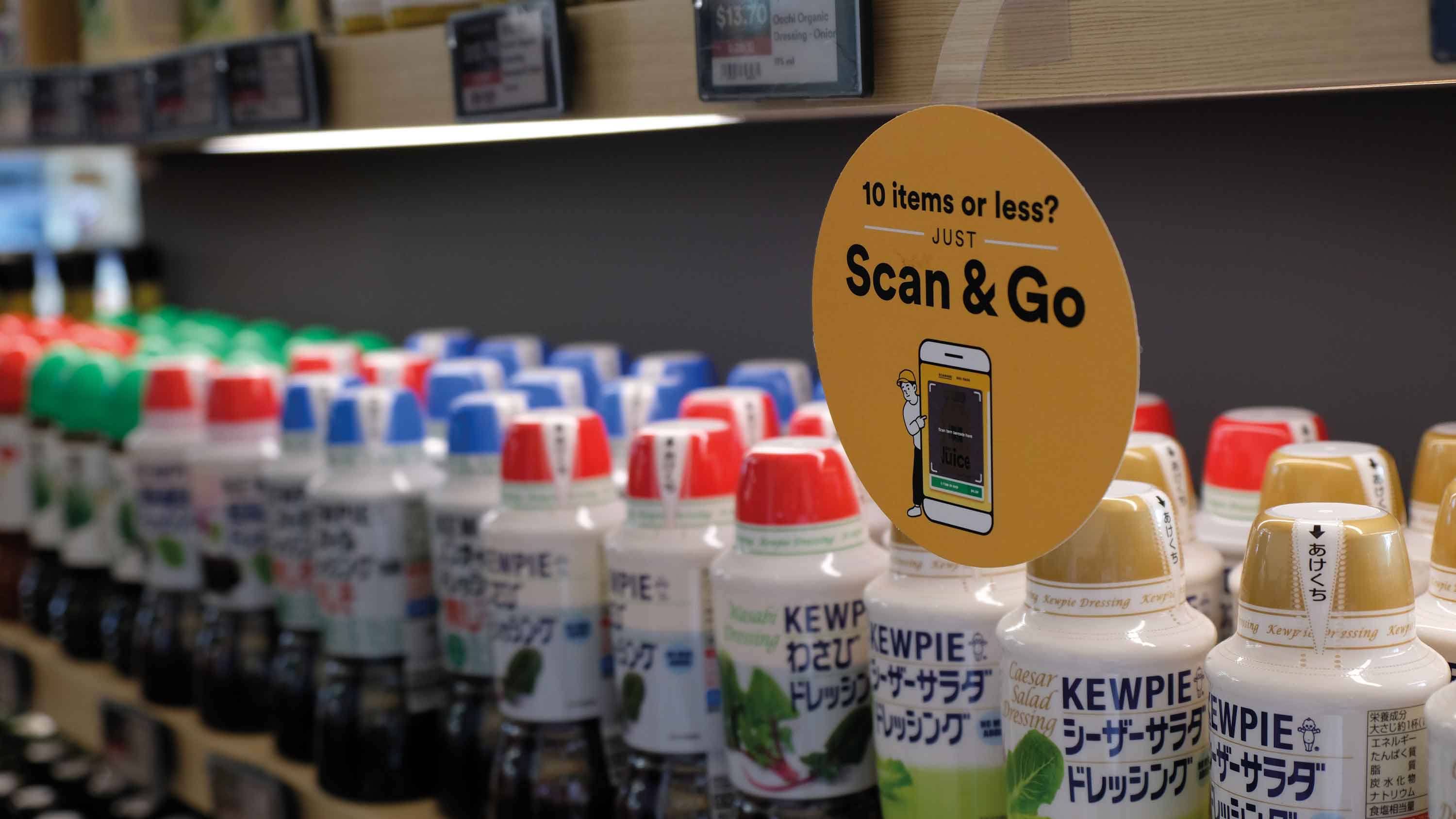Louise Banham looks at retail ideas for your store from retailers in Singapore and Sydney, Australia.
Join the CLUB to continue reading this story
Club Members have unlimited access to all articles and a whole lot more to elevate your store.or
Register for free and receive the latest news and views to your inbox every week






Comments
This article doesn't have any comments yet, be the first!